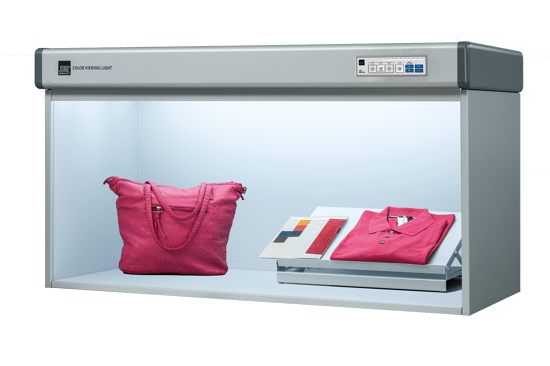Measuring energy usage of digital printers
In her 250th Verdigris blog, Laurel Brunner looks at the growing awareness of sustainability in the graphics industry.
Over the last five years or so we have covered all manner of environmental matters relevant to the graphics industry. But has it made any difference to the market’s sustainability awareness?
It’s no more than a vanity to say that it has, so far better to look at any scraps of evidence, but evidence of raised environmental awareness is impossible to attribute to these blogs.
One very clear and obvious difference compared to where we were five years ago is the number of environmental ISO standards published or under development for graphics professionals. ISO 16759 for calculating the carbon footprint of printed matter was published in July 2013. There are now at least two carbon calculators certified to this standard.
A similar document for calculating the carbon footprint of electronic media is almost ready for submission to ISO for publication. ISO 20294 (Quantification and communication for calculating the carbon footprint of e-media) can be used alongside ISO 16759 and other documents as part of a larger evaluation of the environmental impact of print.
Other documents in the works are ISO 20690 for measuring the energy usage of high speed digital printing engines with low incidences of transitional power surges and ISO 21632. This document provides directions for measuring the energy usage of digital printing engines with frequent power surges, such as those used in wide format digital printing.
Both standards provide data to assist investment decisions for printers and print buyers as well as for developers of new digital printing technologies. Both are in their final stages prior to publication. A less progressed document is ISO 21331 for assessing the deinkability potential of print. Work on this has been uphill but we are making relentless progress with it.
Another document is at its journey’s start. A series of ISO standards will provide environmental declarations for different categories of print, providing a common reference for the many eco-labels available. This new ISO standard will provide a reliable and consistent data source for ecolabels. The first document in the series is for packaging and labels.
So overall has this blog made a difference to awareness of the environmental impact of print? There really is no way of knowing, but we hope that the standards work, the general awareness of sustainability in the industry and the improved environmental impact of processes and equipment are making a real difference.
If the Verdigris project and these blogs have contributed, even in a very small way, then the graphics industry is heading in the right direction.
Source: This article was produced by the Verdigris project, an industry initiative intended to raise awareness of print’s positive environmental impact. This commentary helps printing companies keep up to date with environmental standards, and how environmentally friendly business management can help improve their bottom lines. Verdigris is supported by the following companies: Agfa Graphics, Spindrift.click, EFI, FESPA, HP, Kodak, Kornit Digital, Ricoh, Splash PR, Unity Publishing and Xeikon.
Topics
Interested in joining our community?
Enquire today about joining your local FESPA Association or FESPA Direct
Recent news

The pros and cons of Digital Signage and Printed Signage
Sonja Angerer discusses the pros and cons of both digital signage and printed signage. Current developments such as artificial intelligence and spatial computing are changing the situation once again. How will this shift affect printers?

How to create an efficient smart factory
Debbie McKeegan speaks to industry specialists at Personalise Make Wear in Amsterdam about smart factories and customisation technology. Debbie speaks to Antigro, Caldera, Print Logistic, Inkcups and Kornit Digitial.

Standard lighting conditions for wide format printers and their many markets
Paul Sherfield shares the various standard conditions that are required for wide format printers as colours can appear differently dependent on the differing types of lighting and environments.
_compromised.jpg?width=550)